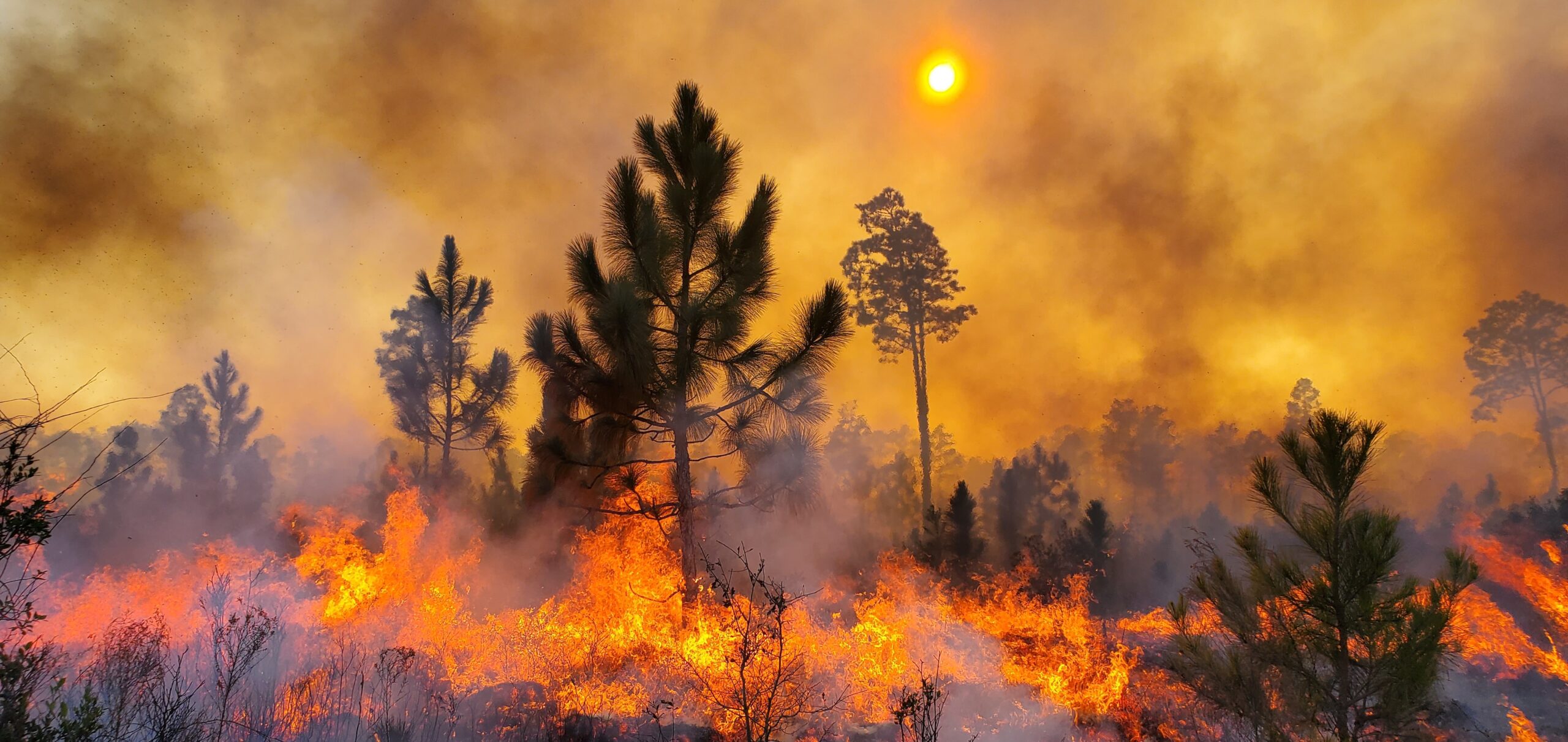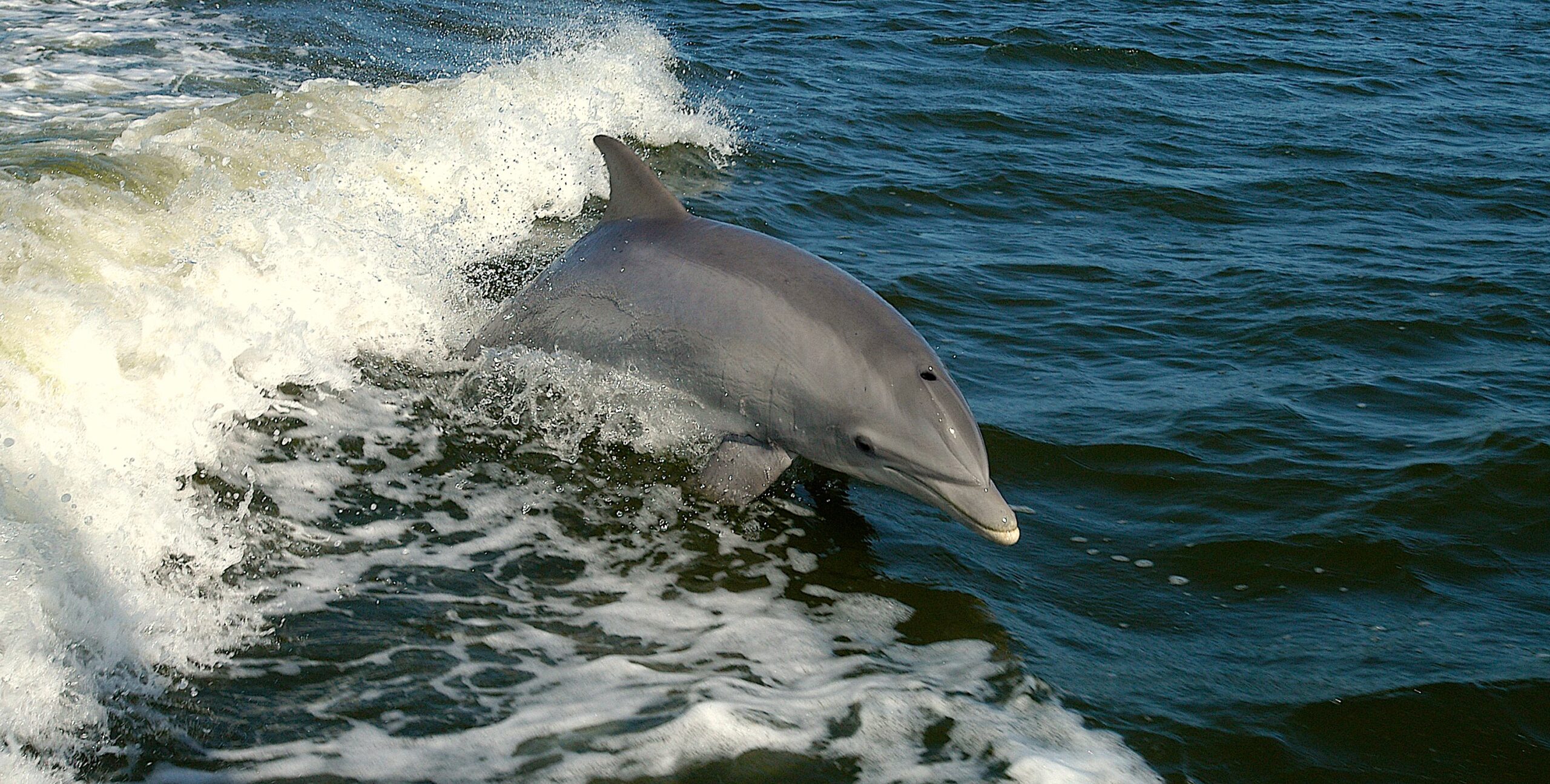In June, a wildfire spread across the Green Swamp Preserve in Brunswick County, temporarily closing the park to visitors. The North Carolina Forest Service led efforts to contain the “Pulp Road Fire,” rather than hauling heavy firefighting equipment through the preserve, which might have caused more damage than the fire itself.
People have used fire to shape the land for millennia. The earliest inhabitants of the Southeast set fires to clear lands for traveling, hunting, communication, and agriculture. Evidence suggests that Indigenous Peoples also used fire for preservation by fireproofing areas around villages and protecting important edible species — techniques that early European settlers later adopted.
However, fire frequency and intensity decreased in the region during the Industrial Revolution with the boom of the timber industry and the replacement of forests with agricultural grazing. Then, through most of the 20th century, there was a push for fire suppression that coincided with the advent of the U.S. Forest Service. By the mid-20th century, people began to study the repercussions of fire suppression, which, in turn, led to a wider use of low-intensity, prescribed fire for land management by the end of the 20th century.
We know now that areas like the Green Swamp Preserve need fire to survive.
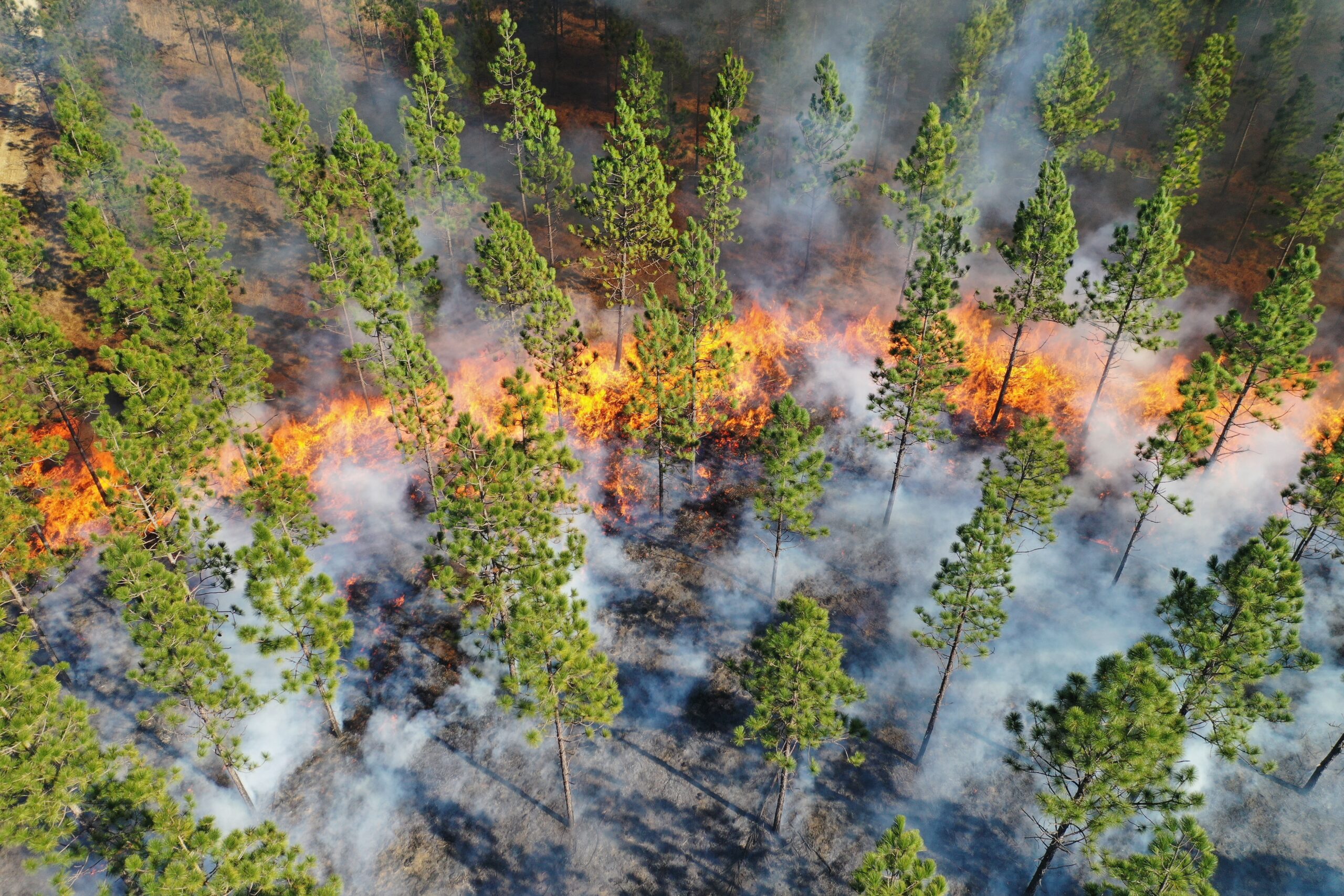
WHY STUDY FIRE
“Fire is an important component of the natural ecology of the Coastal Plains ecosystem,” says Lauren Lowman, professor of engineering and my Ph.D. advisor at Wake Forest University.
Our lab group studies fire to gain a better understanding of how plants in different ecosystems respond to it. For the last few years, including my time as the 2022-2023 NC Sea Grant – NC Space Grant Graduate Research Fellow, I have been investigating how prescribed fire affects vegetation regrowth in the North Carolina Piedmont and Coastal Plains ecosystems. Land management partners, who provide us access to observe vegetation after fires, use fire to clear hunting lands, protect against wildfire, maintain grassland habitats for native nesting bird species, and preserve unique and endangered plant species.
The main question that land managers ask to help inform their burn strategies is how frequently they should be burning. Our research can help our community partners by tracking changes to vegetation density after prescribed burns. This shows how long it takes for vegetation to reach pre-burn or ideal levels of growth and thickness, indicating when to burn again.
My research involves collecting measurements on the ground and using remotely-sensed observations of vegetation before and immediately after prescribed fires, as well as in subsequent growing seasons. Ultimately, we want to know how fire affects vegetation regrowth patterns.
For a little over a year, I have studied the longleaf pine ecosystems in our state’s coastal plain. The longleaf pine savannas — sparsely-spaced longleaf pine trees with wiregrass ground cover — once occupied approximately 90 million acres in the Southeast but now cover only about 2% or 3% of their original land.
Frequent, low-intensity fires, whether ignited by lightning or lit intentionally by people, are essential for the viability and biodiversity of the longleaf ecosystem. Some plants need fire to open seed pods, for instance, or to clear out nearby competing plants. However, a century of fire suppression, logging, and agricultural and urban development has resulted in a change in vegetation coverage and land in these ecosystems.
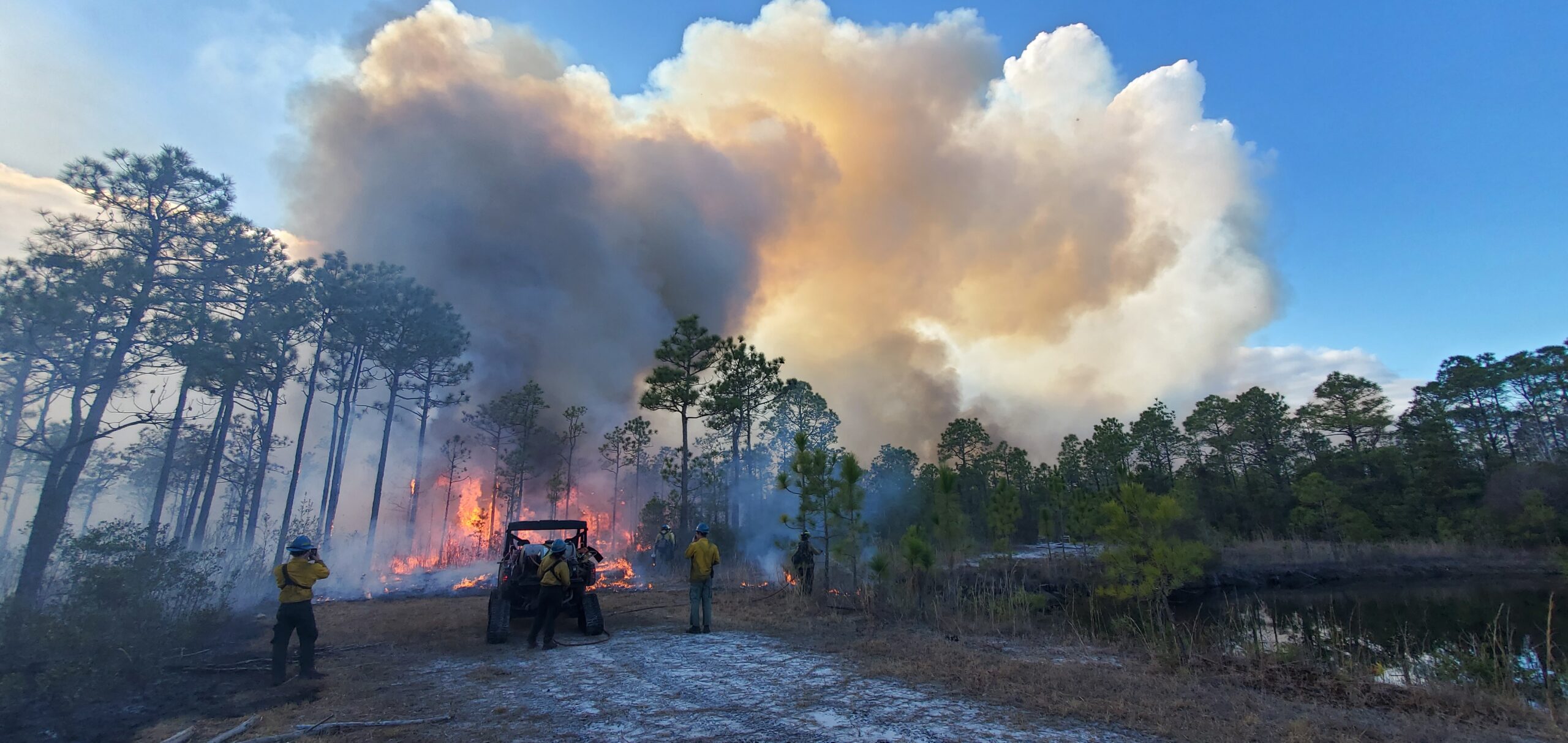
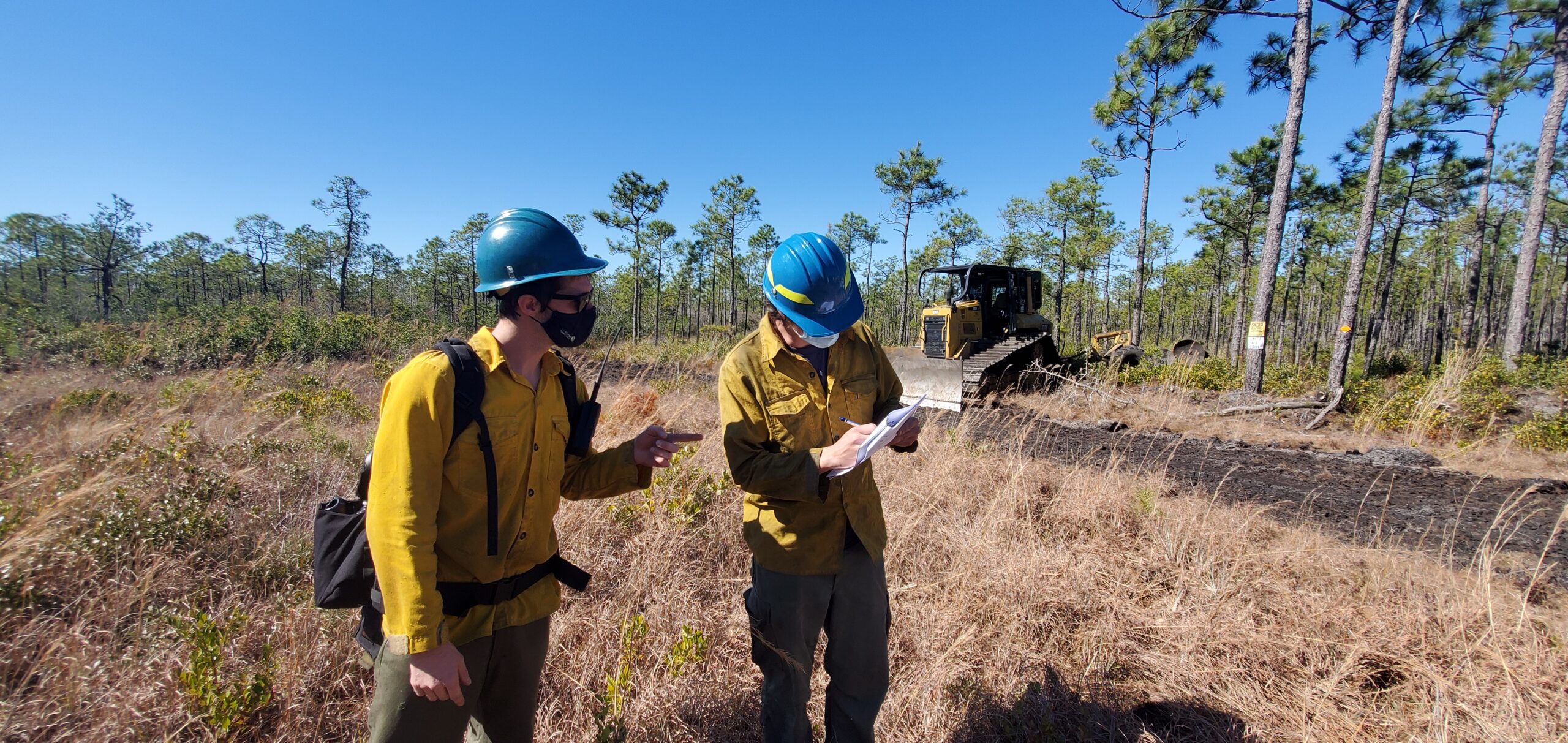
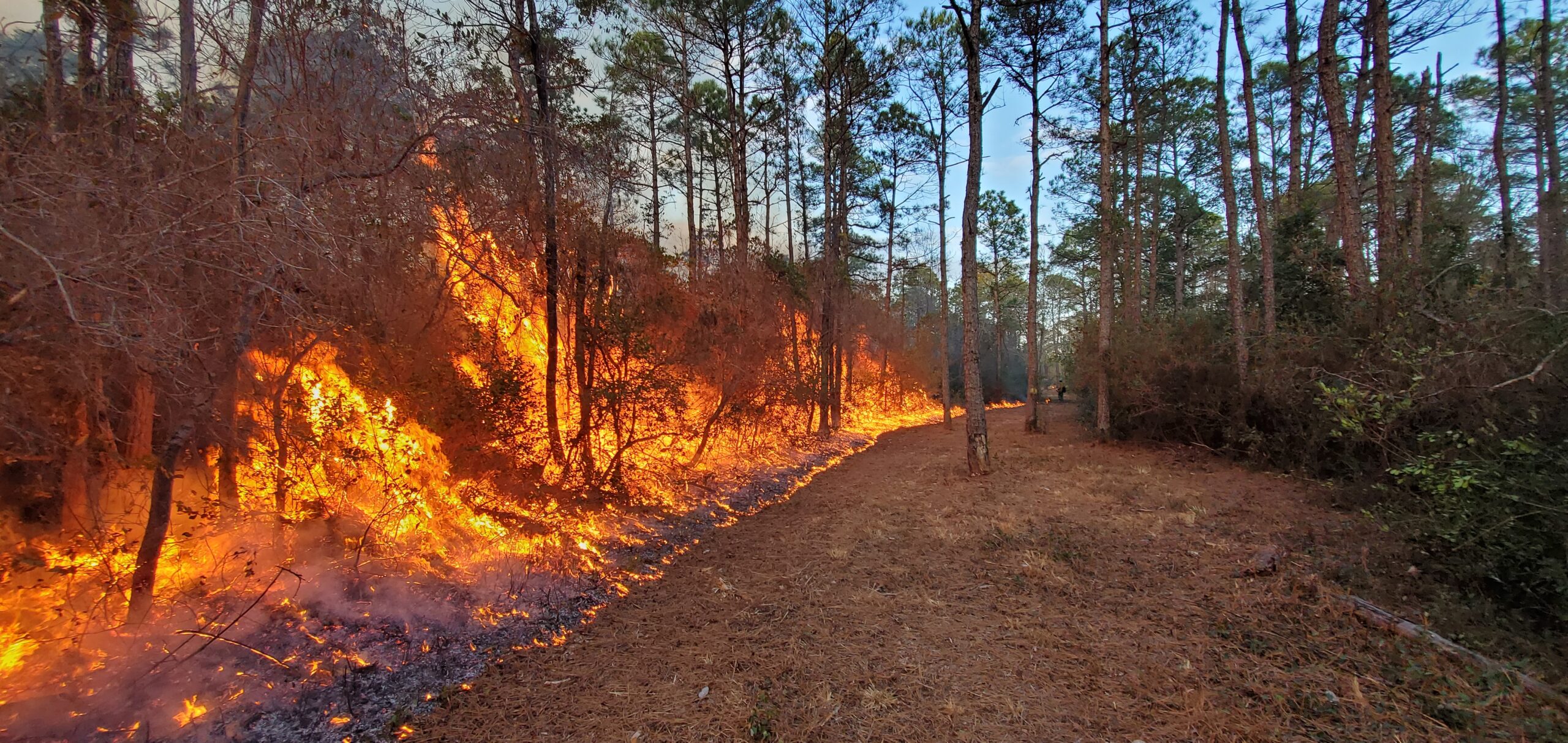
FIRE IN THE GREEN SWAMP PRESERVE
The North American Coastal Plains are a biodiversity “hotspot,” including areas like the Green Swamp Preserve. The swamp provides a home to beautifully preserved longleaf pines and other endemic species, such as the Venus flytrap, pitcher plants, orchids, and more. In the past, red-cockaded woodpeckers have made the preserve their home, too.
The Nature Conservancy of North Carolina Coastal Plains manages roughly 40,000 acres of land within a 100-mile radius of Wilmington, including the preserve.
What do they do with all this land?
“Fire management,” says Nathan Burmester, coastal plain stewardship manager and burn boss. “Somewhere between a third to a half of the 40,000 acres should be burned every two to five years.”
That means they need to burn about 2,500 to 3,000 acres per year to stay on track to meet management needs.
The burn season for the Nature Conservancy is January through August. “We write a burn plan,” kind of like the prescription, “which states our objectives, and specifies the weather and tactics required to meet those objectives,” Burmester says. “Then we keep an eye on the right weather.”
When the weather is right, they mobilize quickly, sometimes making the decision the morning of the burn. Then, they have to monitor the area for about a week until the fire is completely gone. “About 99% of the fire is out the next day,” he says, “but a smoldering stump can take a couple of days to go out.”
Without fire, the flytrap and other ground dwelling plants would lose the competition for sunlight to encroaching woody, shrubby plants.
“Longleaf pines need to drop their seeds in open, sandy patches, which are only present if fire has staved off the shrubby competition,” Burmester adds. “And wiregrass will only produce viable seed if burned or mowed during the growing season.”
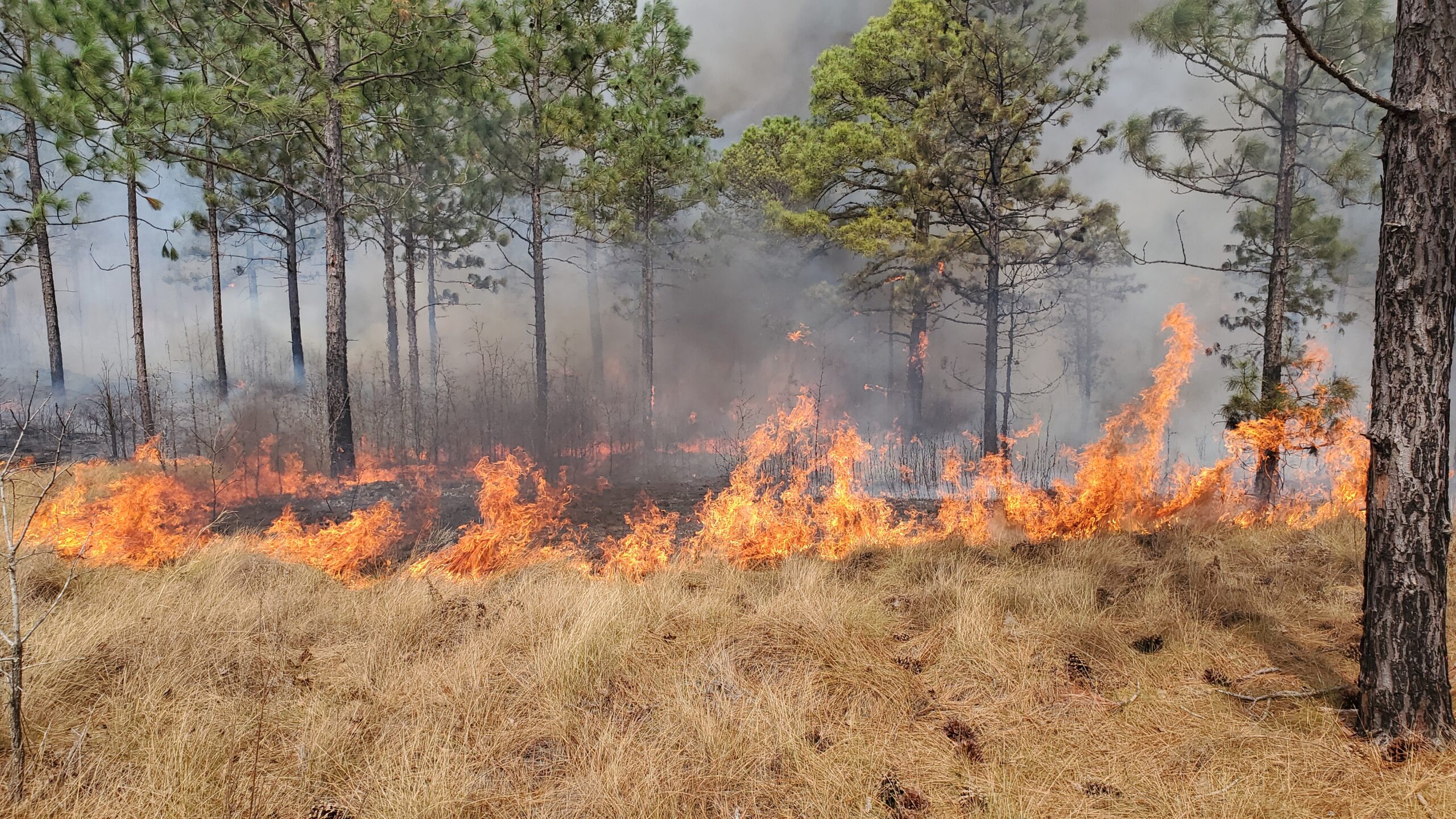
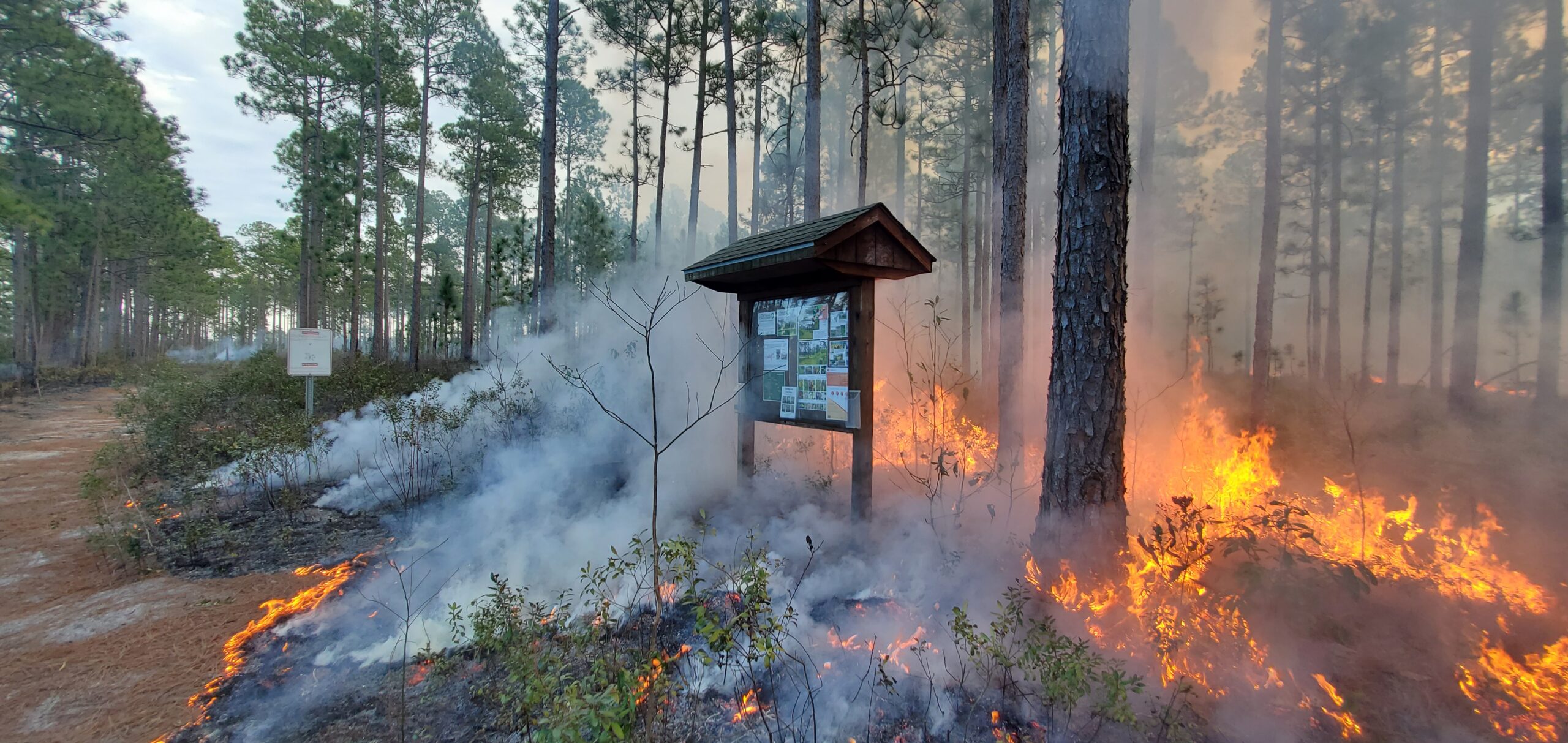
FUEL FOR FIRE
Prescribed fires also allow us to capture the role of fire intensity. Generally, fires in the longleaf savannas are of lower intensity because fewer woody materials act as fuel. However, if decades or more pass between fires, there is a lot more fuel.
By regularly reducing fuel load with prescribed fires, land managers are hoping to protect against catastrophic wildfire — but even with regular burns, wildfires still occur. When they do, this gives us an opportunity to study how prescribed fire makes forests resilient.
How will previous prescribed fires affect the recovery of vegetation after wildfires in areas like Green Swamp Preserve?
Preliminary results indicate that the June wildfire affected areas much less when they recently had experienced prescribed fire, as opposed to areas that had not burned in many years. It will be interesting to see how prescribed fires affect vegetation in subsequent growing seasons.


FIRE IN THE PINES
Each year, The Nature Conservancy’s principal outreach event, the “Fire in the Pines Festival,” draws people from across southeastern North Carolina to Wilmington.
“The primary objective of Fire in the Pines is to educate the public about the benefits of prescribed fire,” says Michelle Ly, conservation coordinator at The Nature Conservancy. “Fire in the Pines is an opportunity to raise awareness around prescribed burns and to show folks that we live in a very unique area that depends on fire.”
The 2023 festival is scheduled for October 28.
“Visitors will have a chance to see live animals, interact with conservation professionals, take hayrides around the park, play games, and see a live demonstration of a controlled burn,” Ly says.
Fire is necessary for many ecosystems to survive and thrive. Land managers over the last few decades have been working diligently to restore the use of fire to preserve the unique and diverse landscapes we are fortunate enough to have here in our home state. It is essential for researchers and land managers to continue collaborations to build the best understanding of how we can protect our land.
Anyone planning a prescribed burn must apply for a burn permit from the North Carolina Forest Service and comply with state and local regulations.
MORE
- The Fire in the Pines Festival
- “North Carolina’s Hottest Year on Record,” which includes projections from the North Carolina Climate Science Report for rising numbers of wildfires in our state
- “Saving the Red-Cockaded Woodpecker,” a species that relies on longleaf pine ecosystems
- Nick Corak received the 2022-2023 NC Sea Grant – NC Space Grant Graduate Research Fellowship. He is a North Carolina native currently working on his Ph.D. in physics as a member of the Lowman Environmental Dynamics Lab at Wake Forest University.
- Categories:
